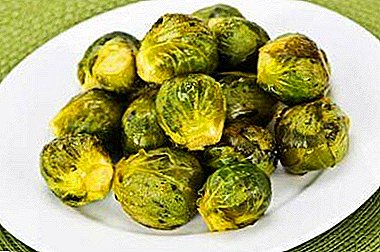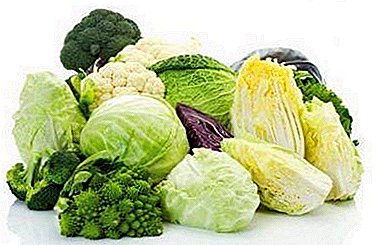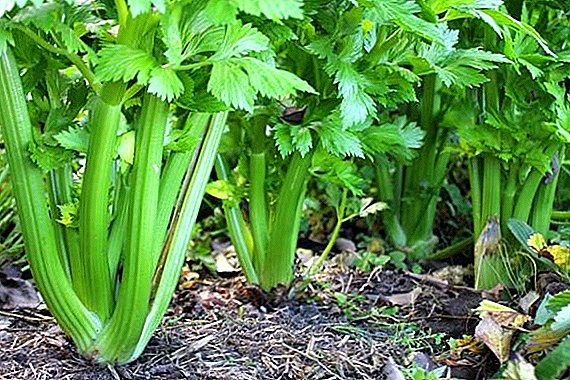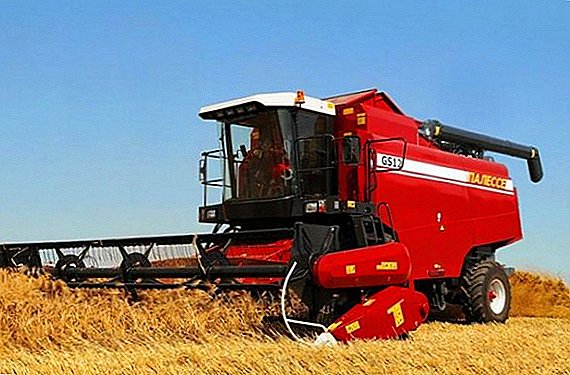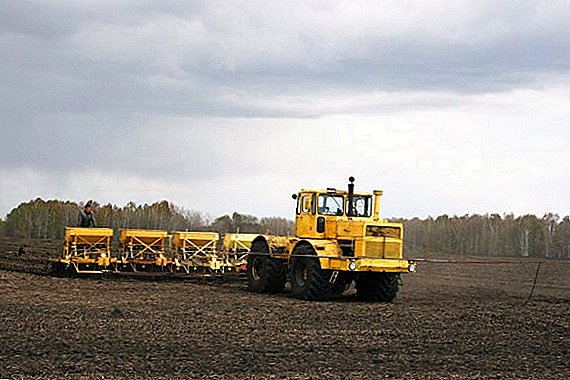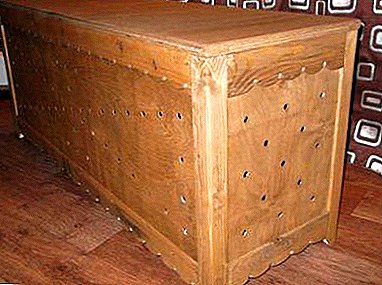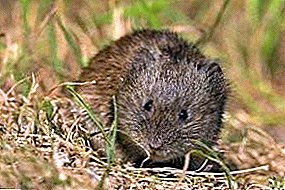
Voles are the most numerous rodent family.
They number more than one hundred species that have a wide geographic distribution.
Many types of voles belong to pests.
This also applies to this type of housekeeper.
Appearance of housekeeper voles
Vole housekeeper grows up to 15 cm in length. This is more than representatives of other types of field.
Wool on the back has brown or brown color. The tail is most often of two colors. Its upper side is darker than the bottom. The paws are gray with brown tint.
This type of vole got its name due to its hoarding. The housekeeper is able to do for the winter stocks weighing up to 15 kg.
Mainly plant roots and bulbs.
A photo
In the photo you can clearly see the housekeeper-vole:




Distribution - habitat
The habitat of housekeepers is very wide. They are found in the forest zone starting from Central Europe and ending in Alaska.
Voles settle in meadows, fields, near cities or in urban wastelands, as well as in the gardens.
Vole housekeepers live small colonies. Usually it is several broods from one pair of animals.
They are located in separate burrows close to each other. Inside the mink, voles make themselves grass nests.
What is harmful to a man-farmer and control measures
The main damage to the vole housekeeper is related to her power features. The main ration of voles in the warm season are young shoots of grassas well as their the roots.
Thus, these rodents cause significant crop damage cereal plants.
In addition, it is this species of rodents - the main leptospirosis spreader. Also known cases of transmission of voles tularemia and erysipelas.
Vole housekeeper applies to endangered species rodent pests and is listed in the Red Book. This fact makes it impossible to use poisons to combat them.
In the case of this type, you can apply the following methods of protection:
- physical - traps, traps;
- mechanical - sticky masses;
- Ultrasound - a device that adjusts to the frequency of animals of a particular species.
Physical method
All traps are arranged so that they do not attract rodents, and are located in the places of their supposed movement.
However, over the years of the use of this method, voles have learned to bypass the exposed traps. Because the effectiveness of this method not high.
Mechanical method
A more efficient method, while no harm animals. Based on their catch.
Small height sticky traps allows it to remain unnoticed by the animal. A sticky surface does not allow the injured runner to escape.
Ultrasound method
The most effective and modern method pest deterrence.
The device is safe for humans and animals. In case of detection of a rodent in a certain area, the device is tuned to a frequency suitable for this species.
Voles simply leave the sitefall under the action of such a device.
Nutrition
In addition to cereals, the vole housekeeper also feeds grass and, rarely, seeds plants and insects. In winter, the animals eat stocks from their pantries and tree bark.
The bark is eaten from those areas that are under the snow. The housekeeper does not leave the shelter in winter.
Vole activity is possible throughout the day. But the most active time for these rodents all the same night.
This is probably due to the fact that in the dark time the animals are easier to protect themselves from larger predators.
Breeding
 Vole housekeeper reaches sexual maturity at the age of two months. The female gives 2 - 3 broods per year. Most often they fall on a warm season.
Vole housekeeper reaches sexual maturity at the age of two months. The female gives 2 - 3 broods per year. Most often they fall on a warm season.
One brood shows an average five cubs. But there are cases when their number varies from one up to fifteen.
Conclusion
A small rodent vole housekeeper can cause minor damage to the farm. In addition, these animals are carriers of dangerous diseases.
But the species is under threat of extinction, which complicates the fight against it.


